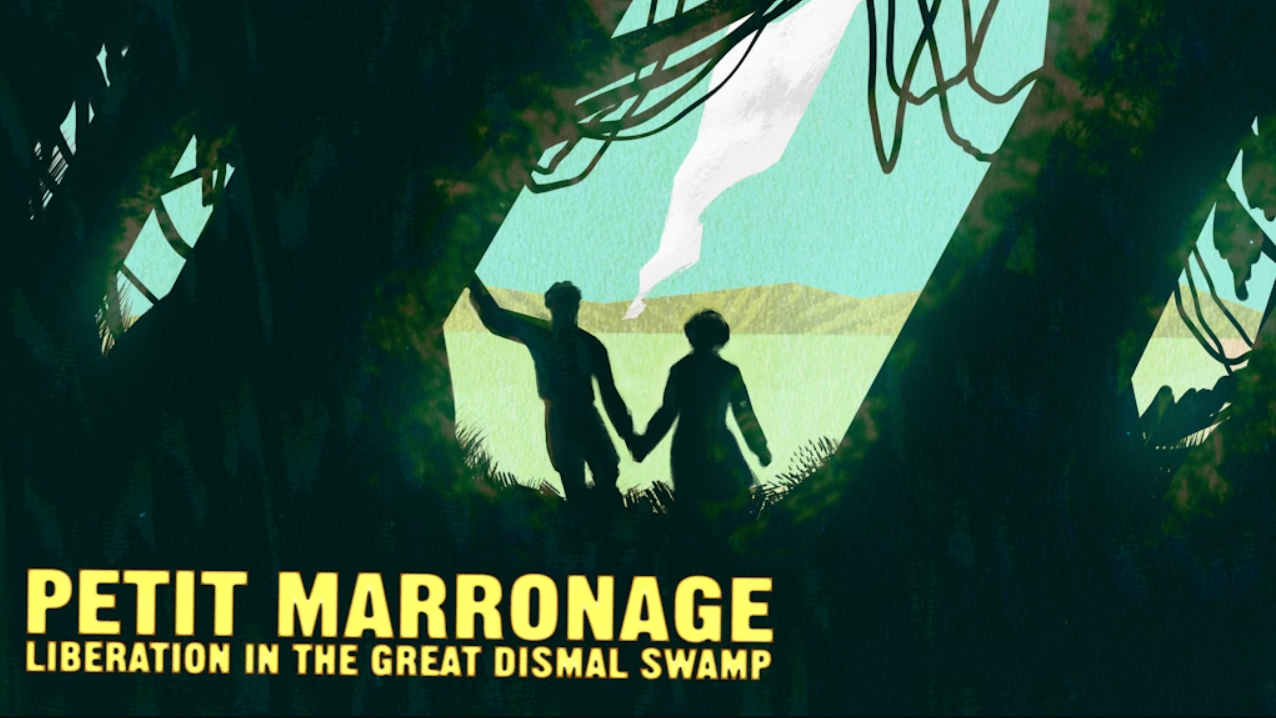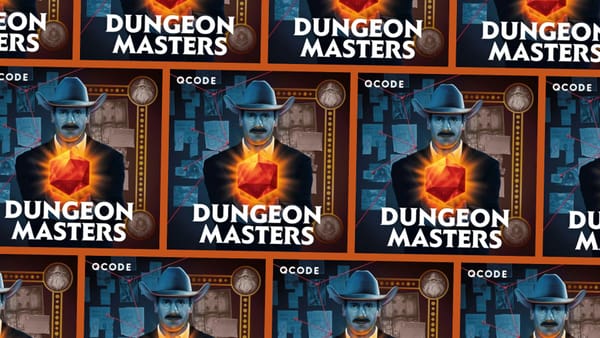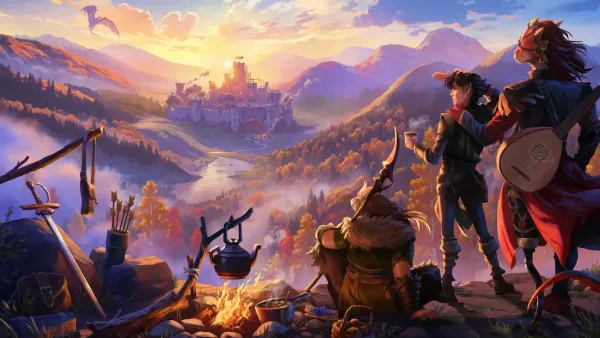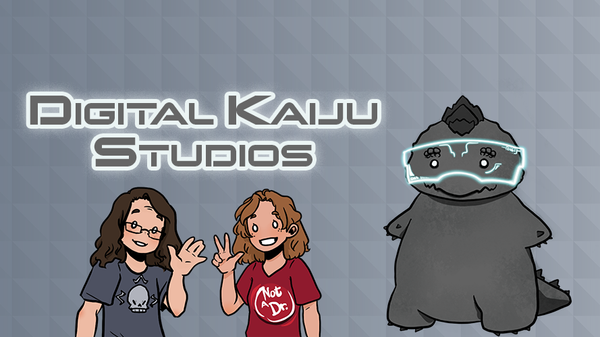In Petit Marronage, the first step towards liberation is imagination
Chris Kindred is a game designer whose current work focuses on the historic maroon communities in the Great Dismal Swamp.

Petit Marronage is a Belonging Outside Belonging game based on the Great Dismal Swamp maroon societies. I came across it randomly on Kickstarter, and immediately reached out to its designer, Chris Kindred. A graduate of the NYU Game Center and an artist, Kindred spoke with Rascal via video chat from their NYC apartment.
One of the reasons I was so excited to talk to Kindred is because I spent a good portion of my teenage years in an area very close to the Great Dismal Swamp. Despite this, and despite being an extremely outdoorsy person who has visited the boardwalk labyrinthe of the GDS National Wildlife Refuge, I had never heard of the maroon communities there.
Kindred explained the terms, “Maronage refers to the practice of self-extraction from slavery or from bondage writ large. Maroon communities are larger collections of such people. The singular would be a maroon—the one who escapes. So, a maroon community is a literal assemblage of people who have done that thing, whether individually or together in a coordinated or spontaneous effort.”
For centuries, the Great Dismal Swamp has kept her secrets, and the people who freed themselves, safe. When a major study was launched in 2002 in an attempt to learn more about the Swamp’s position in the Underground Railroad and its historic maroon communities, they found themselves abandoning the attempt more than once1. The Swamp is not made for interlopers. And this natural secrecy, protected by boggy cyprus and white cedar, is precisely why maroon communities formed.
"The systems already suggest the experience."
When asked about how they chose the system, Kindred said there was a “corny answer” and a more thoughtful answer.“The corny version is that the system chose the subject. The considerate version is that I was reading through Dream Askew and Dream Apart and it's just so on its face, right? I was also doing some research about my rural communities just because I was curious. I grew up near the Great Dismal Swamp and I had no clue this aspect of Black history was like around us or so close to me specifically…it mixed at the perfect time.” They mentioned that one of the few books they were able to find on the subject was City of Refuge, which they used as their primary historic text.
Dream Askew/Dream Apart, published by Buried Without Ceremony, is a two-game book that first introduced the Belonging Outside Belonging system. A token-based, GM-less system, BoB puts the control of both characters and setting elements into the hands of its players, creating a cooperative narrative experience which the system encourages through its focus on being an isolationist simulator. Because this is a system that relies on players to push their characters to embody failure in order to create pathways for success, it is at times both beautiful and brutal. You have to be willing to make of your character an altar, a haven, a sacrificial lamb.
“I was just doing my deep read on Belonging Outside Belonging as a system. Around the same time I was listening to audiobooks and doing some passive research about my own history and that's kind of how the game took shape. Because the systems already suggest the experience, right?”





